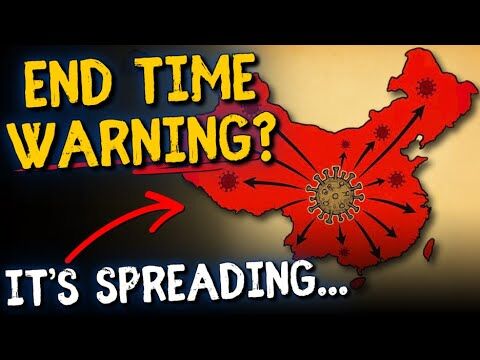One day Naomi her mother-in-law said to her, “My daughter, why should I not find a home that will be good for you? Now is not Boaz our relative, with whose young women you have been working? Tonight he winnows barley on the threshing floor. Now wash and anoint yourself, and put on your best clothes. Then go down to the threshing floor, but do not let the man know you are there until he has finished eating and drinking. When he lies down, notice the place where he is lying. Go in and uncover his feet and lie down. He will tell you what you will do.” She said to her, “All that you say to me I will do.” (Ruth 3:1-5)
At this point in the story, Ruth and Boaz have taken center stage. Their relationship commenced with great hope as Boaz spoke kindly to Ruth, prayed for her, protected her, and provided for her all as one would expect from a man ready to be a godly husband. Furthermore, Ruth has at this point in the story been laboring in Boaz’s field for perhaps six to seven weeks until the time of harvest. Time is running out, since Boaz and Ruth won’t be seeing one another anymore when the seasonal work comes to an end and they go their proverbial separate ways. The author is a wonderfully gifted storyteller who has led us to a place of crisis and urgency where, like every good television show, movie, and novel, we want the main characters who are friends to fall in love and live happily ever! But how could this happen given the culture Ruth and Boaz lived in?
As a Moabite, it would have been common for Ruth to perhaps date, and possibly even sleep with or even live with, a man as the route to marriage. Ruth needed the sort of courtship detailed in Scripture. But she lacked the kind of family to help in that process. Today, these two paths to marriage—courtship and dating (see chart below)—remain for us.
For the first time in U.S. history, single adults reportedly outnumber married adults. This trend is also becoming increasingly common in other Western nations. Part of this is due to the fact that people are waiting longer than ever to marry. The first marriage for most men is around age 30. For women, it is in the late 20s. This is considerably higher than at any point in U.S. history. Relatedly, single people are sexually active and using birth control and abortion hoping to prevent conception. Furthermore, people are cohabiting during their single years. It is estimated that about a quarter of unmarried women between the ages of 25 and 39 are currently living with a partner and about half have lived at some time with an unmarried partner (the data are typically reported for women but not for men). Over half of all first marriages are now preceded by cohabitation, compared to virtually none earlier in the century. The most likely to cohabit are people aged 20 to 24.
Subsequently, the 3,000-year-old story of Ruth is incredibly timely. Many, if not most, Christian singles like Ruth don’t come from a godly family but aspire to marry a godly person and have a godly family. In Ruth, we see that she seeks wise counsel from an older woman and in faith takes an enormous risk and “pulls a Ruth” to put herself in front of Boaz for marriage.
Looking back at your life, are there any situations where you put yourself in a potentially unsafe situation, but God was gracious to protect you from harm? {eoa}
Mark Driscoll is a Jesus-following, mission-leading, church-serving, people-loving, Bible-preaching pastor and the author of many books, including Spirit-Filled Jesus, which you can preorder here. He currently pastors The Trinity Church in Scottsdale, Arizona, with his family. For all of Pastor Mark Driscoll’s Bible teaching, please visit markdriscoll.org or download the app.
Click here to get a free devotional ebook from Pastor Mark Driscoll.































































